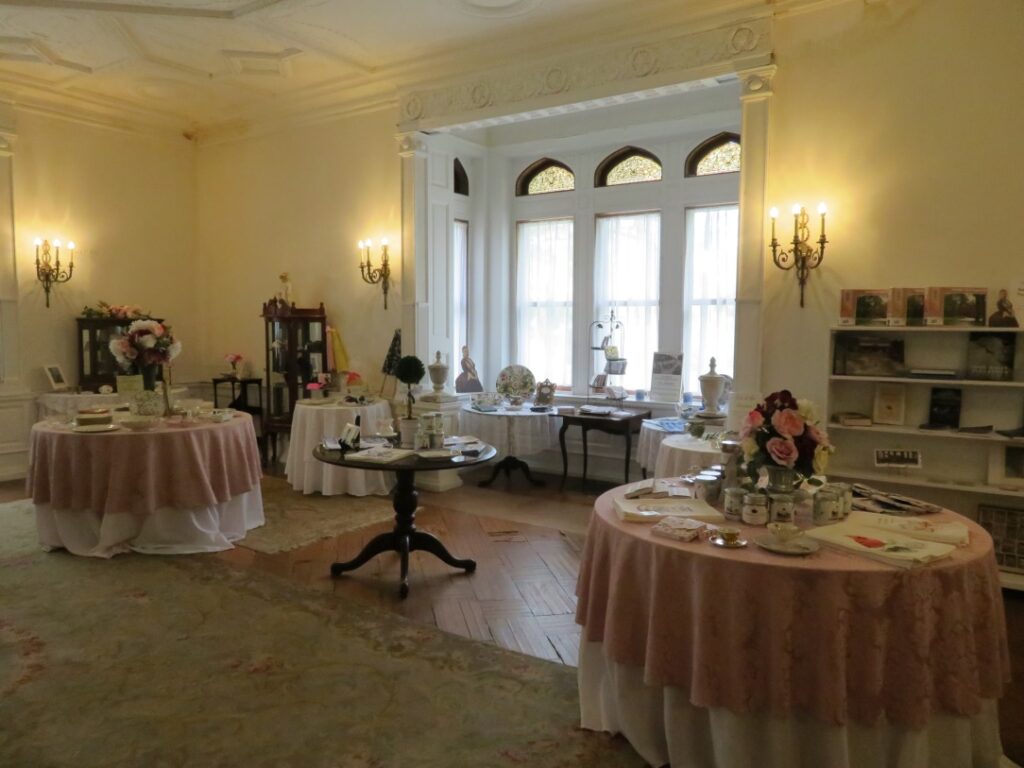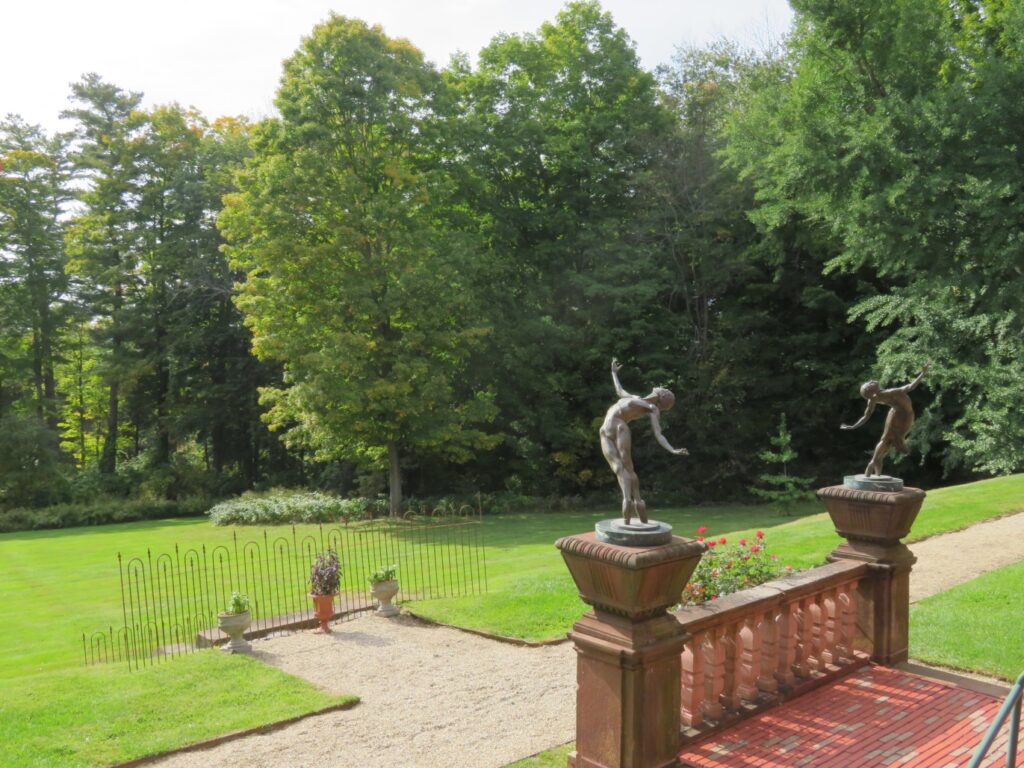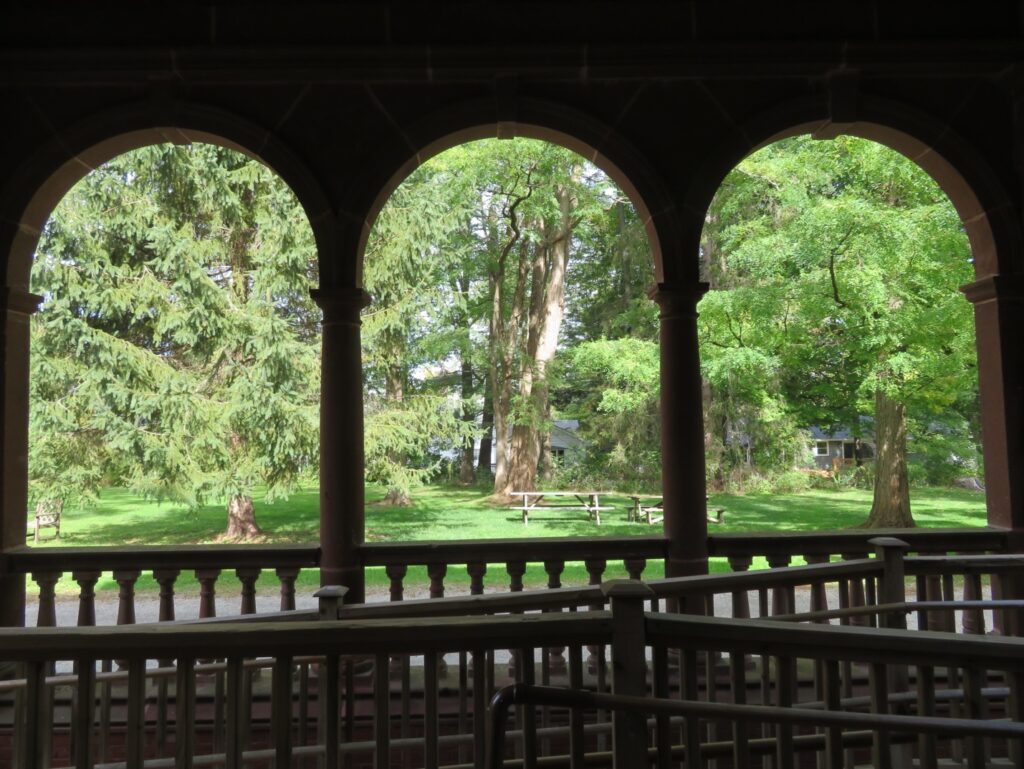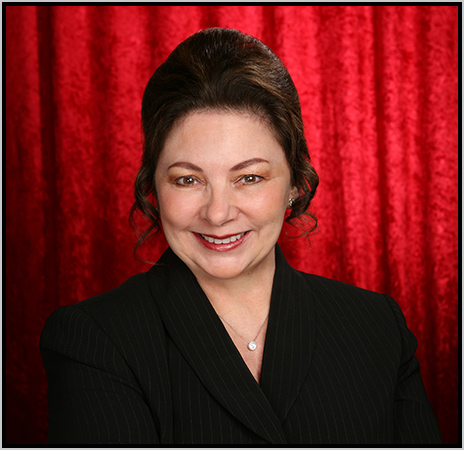Even the gift shop has items beautifully displayed in a period room.
After the deaths of both Sarah (in 1896) and George Morgan (in 1911), the house was rented for several years to a young widow, Margaret Vanderbilt in 1910, whose husband, Alfred Gwynne Vanderbilt, died on the Lusitania. In 1925, W. Roscoe and Mary Minturn Bonsal purchased the house after seven years as tenants. After the Bonsals sold Ventfort hall in 1945, the house had a series of owners and was used as a dormitory for Tanglewood students, a summer hotel known as Festival House, the Fokine Ballet Summer Camp and housing for a religious community. On the back patio are two statues memorializing the time of the Ballet period.
Every view looking out of the house is symmetrically framed.
Now on 11.7 acres, Ventfort Hall was originally the centerpiece of a large landscaped garden of 26 acres. The mansion, constructed of brick with brownstone trim, has an impressive porte cochère covering the entrance, while the rear of the house, which once had a long view to the south of the Stockbridge Bowl and Monument Mountain, has a wood veranda along its entire length. The property contains several outbuildings: two gatehouses, a carriage house with stable and six greenhouses.
In 1997, with the help of many private donations and loans, and with a loan from the National Trust for Historic Preservation, the Ventfort Hall Association purchased the property and updated it. It is listed on the National Register of Historic Places, and has become The Museum of the Gilded Age. Now two floors are able to be viewed, with more hopefully in the future. There are exhibits to view, lectures are available, theatrical performances are presented, and special events are planned throughout the year. The museum offers a fascinating glimpse into America during this changing and gilded time, and as the last stop on our vacation, it was a very special place to visit. Highly recommended.



 The official website of Lita-Luise Chappell, writer on sex, magic, food, distant lands, and everyday life with articles, poetry, novels, travelogues, rituals, cookbooks, and short-stories.
The official website of Lita-Luise Chappell, writer on sex, magic, food, distant lands, and everyday life with articles, poetry, novels, travelogues, rituals, cookbooks, and short-stories.
